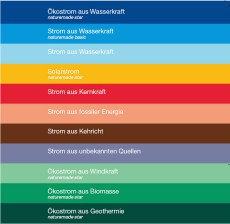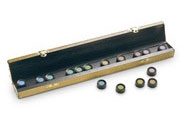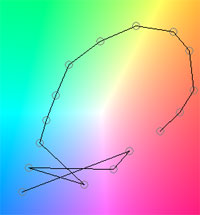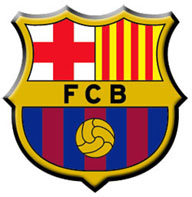While surfing the web I came across the following article and because it is in someway related to color blindness I decided to reproduce it hereafter:
Next time you have a meal, look at your plate – what colors do you see? If its mostly white and brown then your diet might be colorblind!
In order to have a healthy diet you need foods from all the food groups and that means a colorful plate. Just eating meat and potatoes won’t provide you with the essential vitamins and minerals you need to stay in your best health – you need to add in colorful fruits and vegetables!
If you want a good balanced diet, here’s some colors you might want to see next time you look down at your plate:
 Green
Green
Green colored foods like peas, kale, spinach, honeydew melons, kiwifruit, dark leafy lettuces, and leafy greens contain lutein which helps maintain good vision and can help reduce the risk of macular degeneration and cataracts.
Another green group includes broccoli, cabbage, bok choy, swiss chard, brussels sprouts, rutabaga, turnips, cauliflower, and watercress. These foods contain indoles, which can help reduce the risks of cancer and reduce tumor growth in cancer patients.
Yellow
The yellow orange colored food are high in bioflavonoids, which work in combination with vitamin C to help reduce the risk of cancer and heart attack. They also contain powerful antioxidants and help maintain healthy skin, strong bones, and good vision. The foods in this group include oranges, tangerines, pears, lemons, nectarines, grapefruit, peaches, apricots, pineapple, pineapple, yellow raisins, and yellow peppers.
Blue and Purple
Blueberries, purple grapes, blackberries, black currents and elderberries contain Anthocyanins which can reduce the risks of heart attack, cancer, diabetic complications, Alzheimer’s disease and age-related memory loss. Dark purple foods contain phenolics, which are powerful antioxidants and can help to slow the effects of aging.
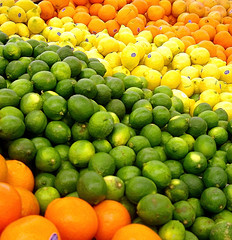 Orange
Orange
Dark orange foods like pumpkin, sweet potatoes, apricots, peaches, carrots, cantaloupes, mangoes, and butternut squash contain beta-carotene, a powerful antioxident that can help keep your immune system healthy as well as maintain good vision and can even aid in reducing heart attacks and cancer.
Red
Tomatoes, guava, watermelon and pink grapefruit are all red colored foods. These foods contain lycopene which has been much publicized lately as helping to protect against prostate cancer. In addition, these foods can help reduce the risk of breast, and skin cancer as well as reduce the risk of heart attack.
Red onion, cherries, kidney beans, raspberries, strawberries, cranberries, beets, red apples (with the skin), and red cabbage contain anthocyanins, powerful antioxidants that can help control high blood pressure as well as reduce the risks of cancer, heart attack, Alzheimer’s disease, and diabetes complications.
One way to get a colorful plate at every meal is to try to fit in 5 servings of fruits and vegetables every day. Try to include food from all these color groups at least once during the day and you will be surprised at how much your health improves.
Lee Dobbins writes for the A2Z Vitamin And Herbs Guide For Natural Healing where you can find out more about vitamins and herbs as well as natural healing methods.
Source: High Quality Article Database – 365articles.com
Photos taken by Esther Perez –  Some rights reserved
Some rights reserved

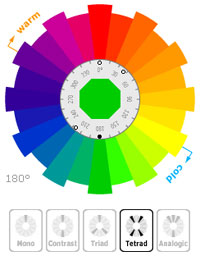
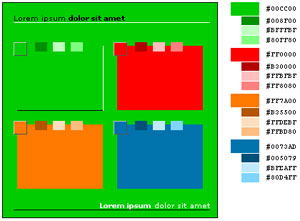
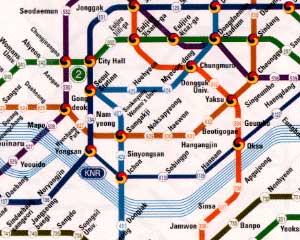
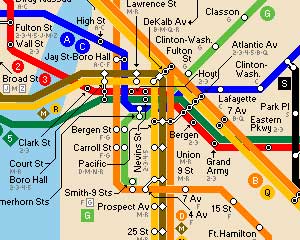
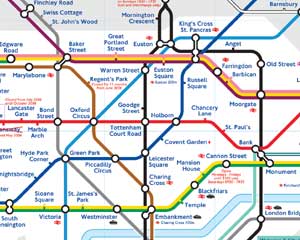
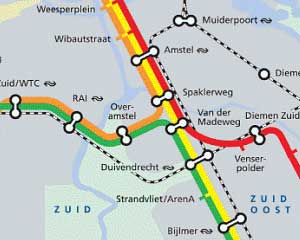



 Some rights reserved
Some rights reserved